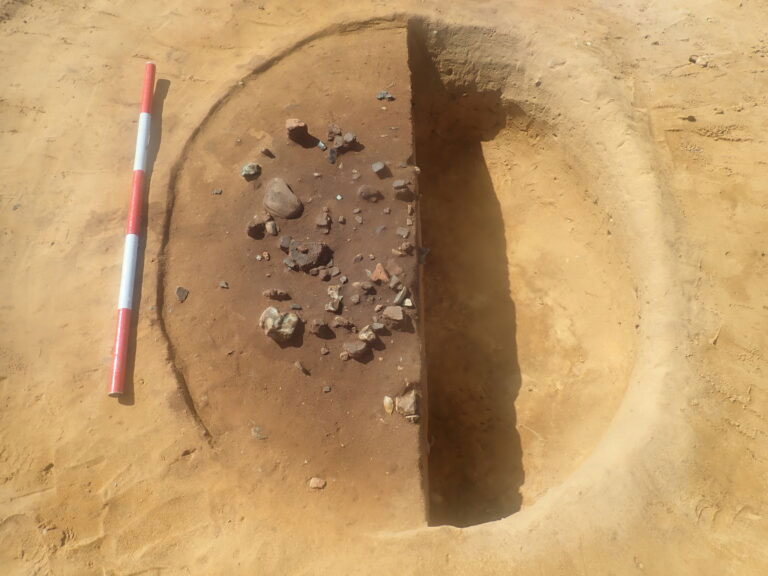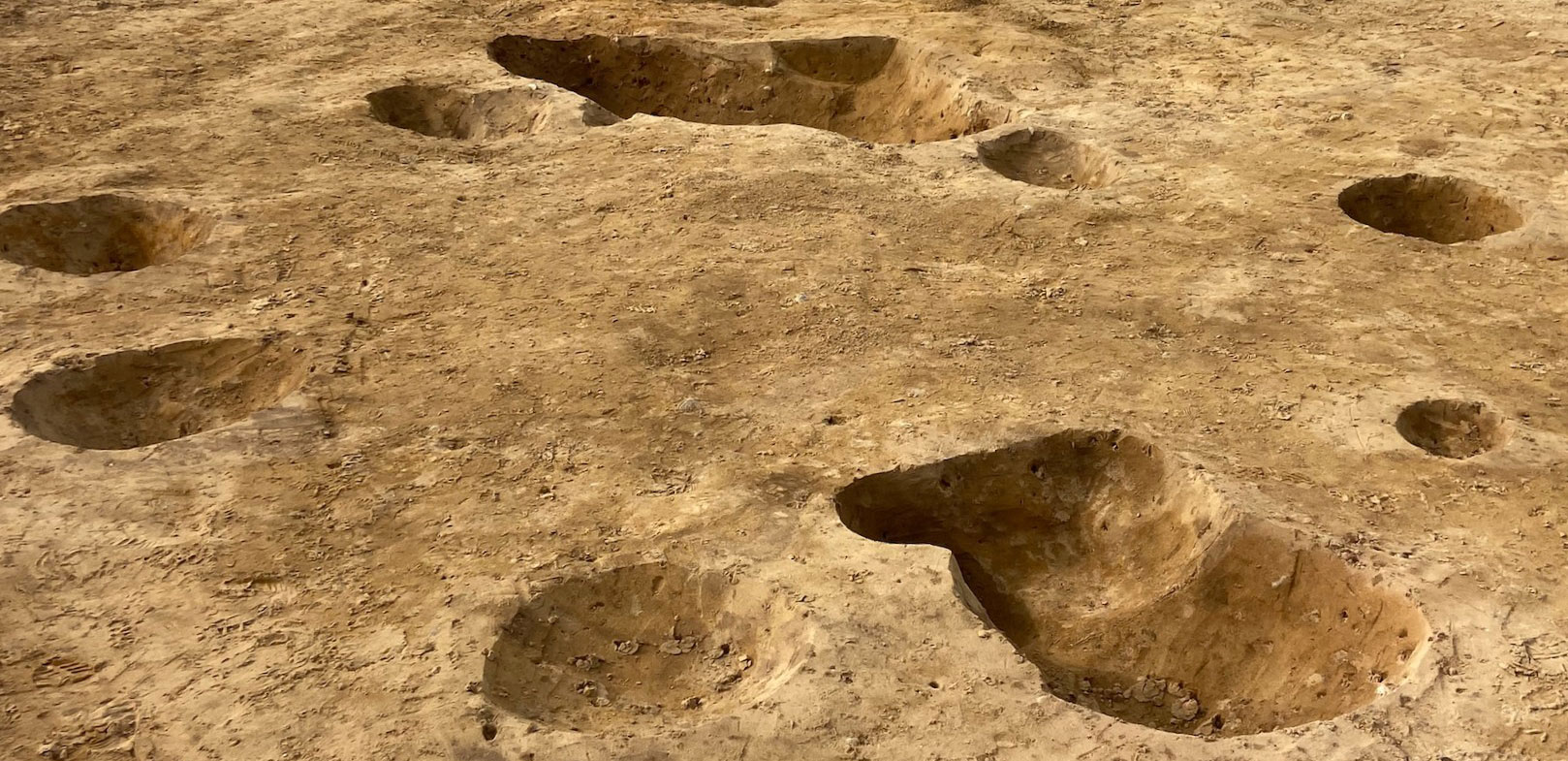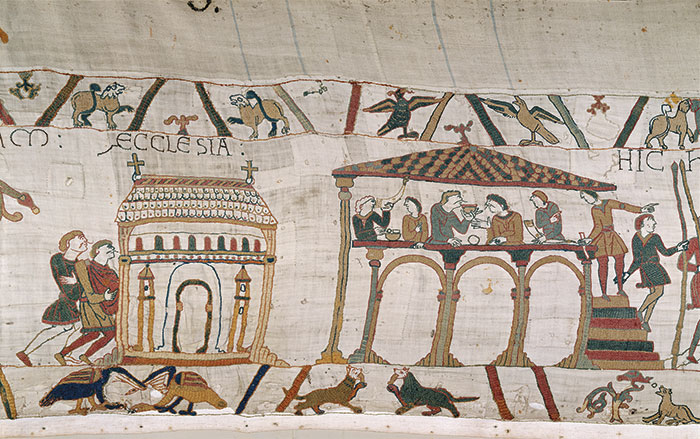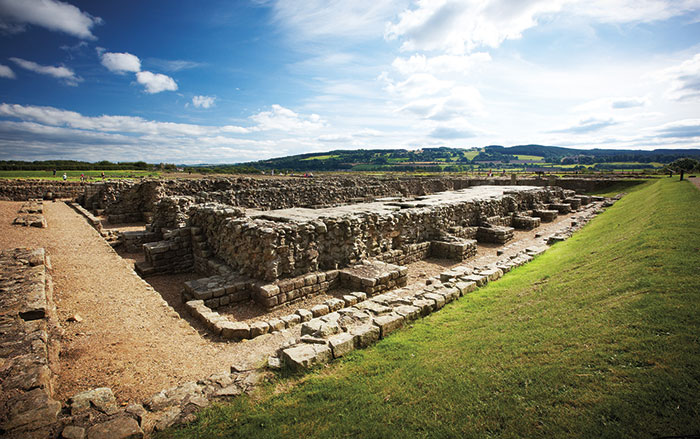
SUFFOLK, ENGLAND—Oxford Cotswold Archaeology (OCA) is currently conducting one of the largest projects ever undertaken in the east of England at a site known as Sizewell C. According to the East Anglian Daily Times, the team recently unearthed hundreds of earthen pits, a discovery which has provided new clues—and posed some questions—about daily life in Neolithic Britain. The mysterious pits are around 6,000 years old and range in size from shallow craters measuring three feet in diameter to large cavities 10 feet across and six feet deep. Analysis of pottery fragments revealed that almost all of the partial vessels found at the site once held milk or other dairy products, indicating that cattle farming was a significant part of Neolithic life in the area. Cultural material found within the pits suggests that they might have been used as simple rubbish dumps, but researchers warn the situation is a bit more complicated than that. One theory is that they were associated with houses, and when the community moved on and eventually abandoned their settlement, they dug holes in their floors, filled them with items, and performed rituals to “close” down their former homes. OCA archaeologist Alex Davies believes this may have been a way for communities to mark their presence on the landscape. “It would keep something about yourself and your community locked to that place, even once you’ve gone,” he said. For more on Neolithic Britain, go to "Stonehenge's New Neighbor."












